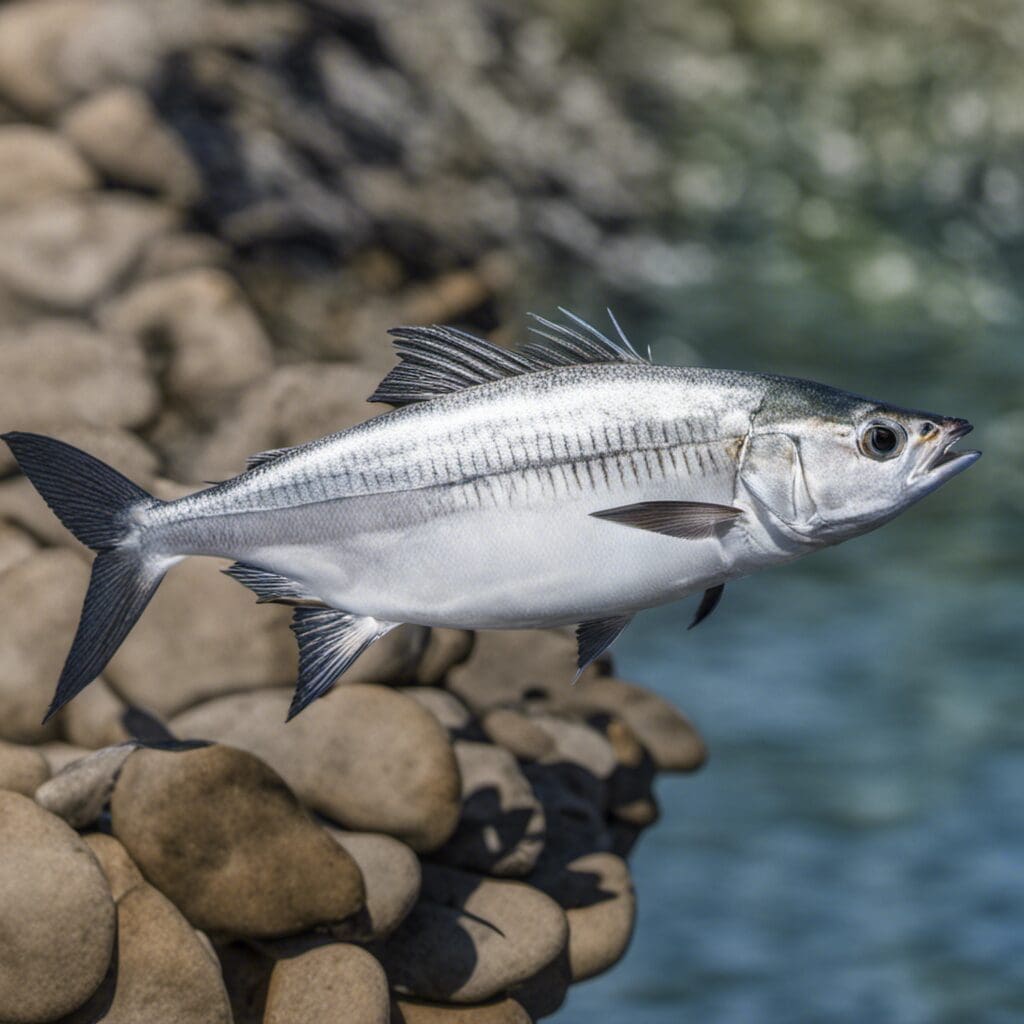Introduction
The California Corbina, scientifically known as Menticirrhus undulatus, is a member of the Sciaenidae family. It is a famed and highly sought-after species among the California surf fishing community.
Conservation Status
Currently, the California Corbina is not under any imminent threat, hence it doesn’t have specific conservation status. Nevertheless, they are often subject to sport fishing regulations to maintain their population levels.
Statistics
The California Corbina exhibits a range of fascinating statistics which have been arranged in the following table:
| Length (Average) | Length (Range) | Weight (Average) | Weight (Range) | Average Lifespan |
|---|---|---|---|---|
| 14-22 inches | 12 – 28 inches | 1 – 2 pounds | 1 – 4 pounds | 5 – 6 years |
Distribution
The California Corbina is native to the Eastern Pacific region and can be found along the coast from California down to Baja California.
Habitats
The California Corbina primarily live in marine and brackish environments. They are most commonly found in sandy and muddy bottoms of coastal waters that range in temperature from 10°C to 24°C.
When and Where to See
- Seasonal patterns: They can be found inshore during spring and summer.
- Time of day: During the day, especially morning and late afternoon.
Best Fishing Locations
Top Fishing Spots in California
- Long Beach
- Santa Barbara
- San Diego
- Monterey Bay
… and more within the Southern California coastline.
How to Catch
California Corbina are typically caught by surfcasting or angling using natural baits like sand crabs. They are most active during the summer season in the early morning and late afternoons.
Identification Guide
California Corbina is grayish to bronze-green on top with silvery sides. They exhibit a characteristic elongated shape and distinctive barbel on the chin. They can be differentiated from the similar-looking White Seabass by the absence of a seabass’ dorsal fin spines.
Culinary Information
California Corbina is a culinary delight. Its taste profile is mild and sweet. It usually contains lower-than-average fat content, but it’s rich in omega-3 fatty acids.
Additional Information
Behaviour
California Corbina is a bottom-dwelling species that feeds on crustaceans, small fish, and organisms in the sand and mud.
Natural Predators
The larger fishes and sharks are the primary natural predators of California Corbina.
Cultural Significance
The California Corbina is highly revered among the surf fishing community in California and forms an essential part of the local fishing folklore.
References and Further Reading
For further reading, the following resources can provide more detailed insights on California Corbina:
- Moyle, P. B., 2002. Inland Fishes of California.
- Love, M., 2011. California Corbina: Life History.
Always remember to follow local fishing regulations and guidelines to help ensure the conservation and sustainability of this extraordinary fish species.

